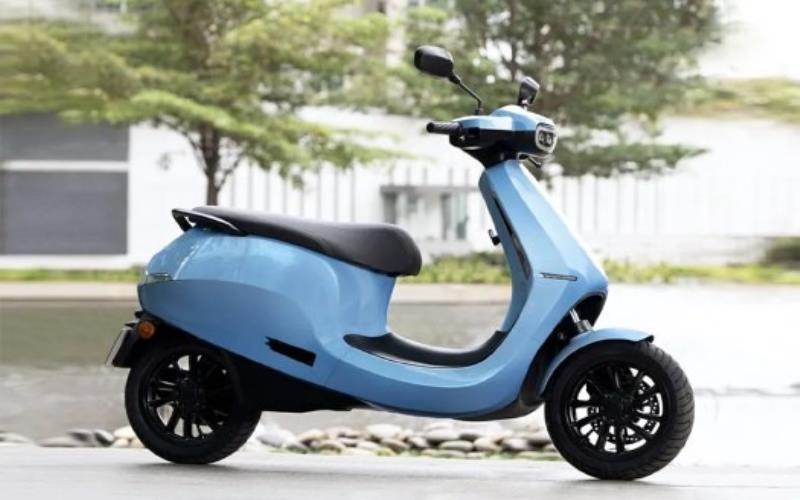Electric scooters are gaining immense popularity in India due to their eco-friendly nature, low running costs, and excellent performance. With leading automobile manufacturers launching electric two-wheelers across various price segments, consumers are spoiled for choice.
However, a common concern among prospective buyers is – how much it costs to charge an electric scooter. What are the factors that impact the charging costs? Read on as we provide an in-depth analysis of calculating electric scooter charging cost in India.
How is the Charging Cost of an Electric Scooter Calculated?
The operating cost of an electric scooter is majorly dependent on its charging cost. But how do you calculate the charging cost?
Here is the formula:
- Charging Cost = (Battery Capacity in kWh) x (Electricity Rate in Rs/unit) / Charging Efficiency
Let’s understand the parameters involved:
- Battery Capacity: This refers to the total energy storage capacity of the scooter’s battery pack, generally specified in kWh (kilowatt-hour) by manufacturers. A higher capacity means a longer ride range after a full charge.
- Electricity Rate: The per-unit price of electricity varies across states, cities, and distribution companies in India. The typical range is ₹5 to ₹10 per kWh.
- Charging Efficiency: This refers to the percentage of input electrical energy actually transferred to charge the battery during the charging cycle. Modern EV chargers have an efficiency of 80% to 95%.
Factors Affecting Charging Costs of an Electric Scooter
The charging cost of an electric two wheeler in India is dependent on several factors:
- Battery Size and Capacity: Electric scooters with higher battery capacity require more units of electricity per charge, increasing charging costs. However, the benefit is a longer ride range before requiring a recharge.
- Charging Time: Faster charging through high-voltage DC fast chargers can reduce charging costs by minimising energy losses during charging. But these chargers cost more upfront.
- Charging Efficiency: More efficient EV chargers convert a greater percentage of AC input energy into DC battery charging energy, thereby cutting charging costs.
- Public Charging vs Home Charging: Public EV charging stations have extra operational costs and hence charge higher for charging sessions compared to home charging.
Optimising Electric Scooter Charging Costs
Here are some tips to optimise the charging costs for your electric two-wheeler:
- Use Solar Power: Install solar panels to charge your EV using self-generated energy to reduce dependence on grid electricity drastically.
- Maintain Optimum Battery Charge Levels: Avoid draining the battery completely before charging or overcharging it. Follow the manufacturer guidelines for battery care.
- Use Efficient Chargers: Invest in good quality IEC-approved chargers with higher energy conversion efficiency to maximise charging speed while saving costs.
- Set Charging Current Appropriately: Use lower amperage mode for regular overnight charging. Higher amperage should only be used when time is a constraint, or you need a quick top-up charge before your next ride.
Conclusion
With running costs low, EV two-wheelers make for an excellent option considering rising fuel prices. As more manufacturers launch affordable options, their total cost of ownership would become even more attractive. Given all the positive developments, this is certainly an opportune time to make the switch to eco-friendly electric scooters!

